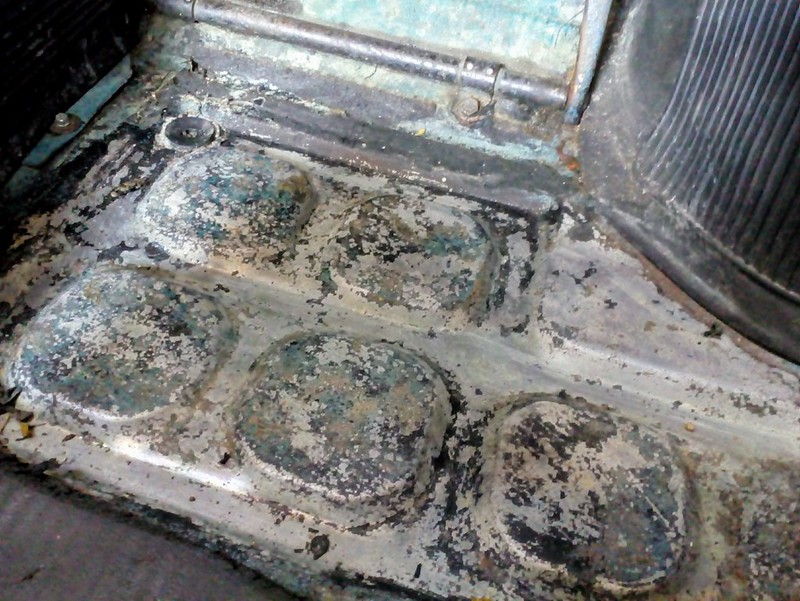All the rubbers on mine were new, as I said previously I had a few leaks, more like little drips when the car was left outside, it certainly was no where near enough to have puddles in the car. The rubbers have been fine but it doesn't spend any where near the amount of time outside as yours does. I also bought some windscreen rubber conditioner to put on the quarter light rubbers as they were original and showing their age. I was a bit sceptical but it does actually work, they look like new now and I treated the rest of the rubbers to it as well, so maybe thats why the are holding up better? Its called GUMMI PFLEGE and costs about £5.
When I sealed them it took ages to do and I had to pump loads of the sealant in using a caulking gun, there are some really big gaps hidden away under the rubbers. I think I used 3M on recommendation from someone on the Old Classic Car Forum.





